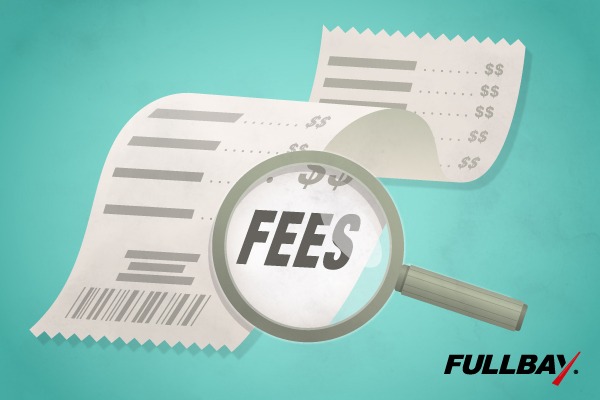Charging Environmental Fees

Does your shop charge environmental fees?
If you don’t, it’s something you should consider.
Heavy-duty repair work often ends with some hazardous waste. Think battery fluids and the other chemical compounds you probably handle on a daily basis. You can’t just toss them in the trash or even recycle them properly; usually you need to dispose of them, either taking them to a specific location or hiring someone to pick it up.
This often costs money. Actually, we’ll go out on a limb and say it always costs money. Which leads to the eternal question:
How much should you charge in environmental fees?
Better yet, how can you make sure you’re meeting your own needs without doing undue harm to your customer’s wallets?
That’s what we’re going to talk about today.
The Ins and Outs of Environmental Fees
First things first: Your area may have laws and regulations governing charging environmental fees. Some states and cities are stricter than others. Before you make any decisions, ensure you’re complying with your local laws.
Here are a few key things to keep in mind:
Remember: Environmental Fees Are Not Taxes
Environmental fees are typically not a tax that you collect for a government agency. Instead, these fees are meant to defray the costs – your costs – associated with disposing of waste fluids, failed parts, tires, and other hazardous materials.
Before Anything, Figure Out Your Actual Costs
What you charge in environmental fees is not usually tied to the costs of a single service order. It’s just not practical. Instead, tie your environmental fee to your shop’s overall costs. Think about the following:
- What expenses do you have to cover?
- Are you subject to regular inspections by city code workers?
- Does the state impose fees on you?
- What are the costs of capturing and properly disposing of waste fluids?
If you’re not currently tracking these costs, or are not tracking them in a way that makes it easy for you to see what’s going on at any given time, consider tightening up your accounting. As a general rule, if you charge a fee for something, you want to have an expense line to compare it to. This helps you quickly see if you are at least recouping your costs.
How To Calculate Your Environmental Fee
You’ve sorted out why you should charge environmental fees, and you’ve determined how much those fees need to cover. That’s not the end of it, though.
Once you’ve added up your costs, divide them by a stable number. For the sake of example, let’s say your costs are $150,000 a year. If you know your shop does about 2500 service orders per year, you can divide the annual costs by 2500, then allocate this amount to each service order as a flat fee.
150,000/2500 = 60.
You might also calculate it as a percentage of labor, or a percentage of labor and parts revenue. If you do that, you can include it in your shop supplies charge, which is usually calculated in the same way.
Help Your Customers, Help Your Shop
If you’re still having some trouble justifying charging environmental fees, think about this: You never want to charge something for nothing. The environmental fee is typically meant to make the shop whole on real costs – it’s not a profit generator.
It does cost you money to take care of hazardous material. Unless you want to be losing income with each service job you perform, you need to recoup it in some way. So charge a reasonable environmental fee and do your part to help properly dispose of dangerous materials – it’s good for the planet, your customers, and your shop.

